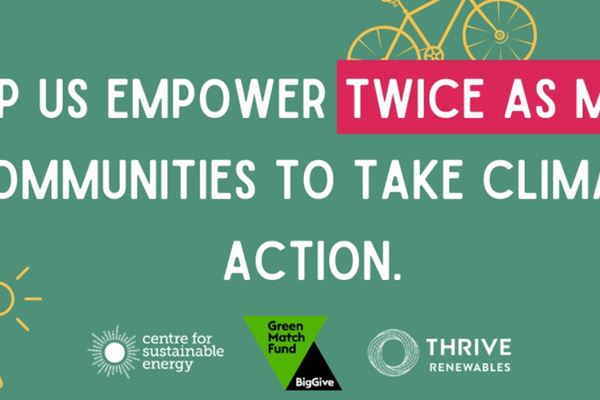Last month the UK Government made history when they became the world’s first major economy to sign net zero carbon targets into law. The newly released Committee on Climate Change (CCC) progress report on reducing UK emissions has identified key changes which must be put into action now if we have any hope of meeting net zero by 2050.
“The UK is the first major economy to set a net-zero emissions target and intends to host the world’s leaders at next year’s landmark climate conference (COP26). These are historic steps forward and position the UK at the forefront of the global low-carbon transition. But international ambition does not deliver domestic action. It’s time for the Government to show it takes its responsibilities seriously. Reducing emissions to net zero by 2050, requires real action by Government now.” Lord Deben, CCC Chairman
A key area highlighted by the CCC for change is within power sector, specifically onshore renewables, such as onshore wind and solar PV. Up until 2015, the UK was a world leader in onshore renewable development, so when the government removed support and changed planning regulations in 2015, it was a significant setback to the industry. According to the report, there is currently no route to market for onshore wind and solar, the lowest-cost forms of renewable generation. This severely limits the potential speed of decarbonisation in the UK and adds to costs.
The report identifies where policy has been successful in catalysing change. Offshore wind is now able to provide power at comparable prices to fossil fuels. This has been achieved by creating a marketplace with long-term contracts and the necessary funding via a ‘Contracts for Difference’ (CfD) scheme.
“Despite good overall progress in the power sector to date, the business department (BEIS) has been too slow in developing plans for carbon capture and storage and has held back deployment of onshore wind that would cut energy bills and emissions.” Committee on Climate Change
Renewable energy continues to fall in price and is now the cheapest source of new electricity generation in most parts of the world1. Since 2017 the global average levelised cost of solar PV and onshore wind has fallen by 13%2. By 2020 these two sources are expected to be less expensive than the cheapest fossil fuel alternative in a wide range of geographies2. The CCC progress report underlines that there is absolutely massive potential for onshore renewables in the UK, and with the right policies in place we could start building immediately.
The government doesn’t need to change much to ensure that we can start building renewables at capacity again. A few small planning system amendments could boost investor confidence and support wide-spread and successful subsidy-free onshore renewable generation. Renewable energy projects are almost unique in receiving planning permission for just 20 - 25 years, which reflected the length of time they received financial support. But now that support has been removed, the government needs to recognise the crucial role of onshore renewables in decarbonising the UK’s energy infrastructure. The time span of planning permissions needs to be changed to in perpetuity to bring renewables into line with other infrastructure projects. This will increase investor confidence and ultimately lead to lower electricity bills for the consumer. Additionally, removing the risk of the existing UK portfolio of renewables from shrinking is key. Planning guidance should encourage the continued use of existing renewable energy sites, rather than the benchmarking continued operations against a green field.
“It will be businesses that primarily deliver the net-zero target and provide the vast majority of the required investment. UK business groups have strongly welcomed the setting of the net-zero target and are already acting to reduce emissions. Policy should provide a clear and stable direction and a simple investable set of rules and incentives that leave room for businesses to innovate and find the most effective means of switching to low-carbon solutions.” Committee on Climate Change
1 IRENA (2019) Renewable Power Generation Costs in 2018; Bloomberg New Energy Finance (2019) New Energy Outlook 2019. These costs use a generation cost basis, which does not include the systems costs of variable renewables.
2 International Renewable Energy Agency (2019) Renewable Power Generation Costs in 2018



